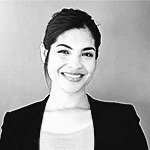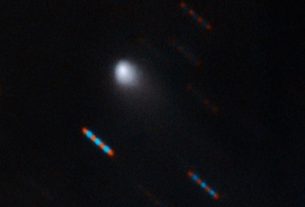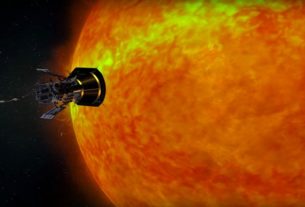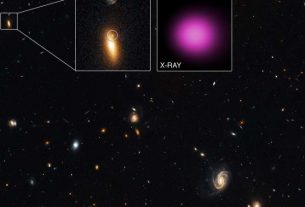Several dozen new geoglyphs have recently been identified in the Nazca Desert in Peru.
A team of researchers from Yamagata University and IBM Japan announced the discovery of 143 new geoglyphs near Nazca, Peru, about 400 km south of Lima. Some were discovered in the field during an investigation conducted between 2016 and 2018, when others were identified after the fact, after the analysis of very high resolution shots captured from the sky.
Geoglyphs with varied representations
These geoglyphs appear very varied, some representatives of fish, snakes, camelids or even small humanoid characters. The largest of them is about 100 meters long and the smallest does not exceed five meters. According to the researchers, all were “drawn” by simply removing rocks, allowing the image to be printed in the white sand.
After analysis, it also emerged that these geoglyphs could be divided into two groups. The more than 50 meters long, on the one hand, whose lines seem to have been traced between 1600 and 1900 years ago. The smaller ones, on the other hand, are older, with surfaces that are a little over 2,000 years old.
Several theories
It is difficult to know the meaning of these structures for the moment, but it seems that the smaller ones have been traced near trails or on slopes. For researchers, it is possible that these geoglyphs have served as landmarks to guide travelers. Nevertheless, their meaning is still largely misunderstood.
One may well wonder why the Nazcas went to such lengths to draw figures visible only from the sky. Indeed, until proven otherwise, no one was able to fly at that time. Nevertheless, several theories have been emitted. The oldest is signed by Paul Kosok, the first researcher to have really studied these drawings.
The latter had noticed that during the summer solstice, the rays of the setting sun were parallel to certain lines. He then suggested that the Nazca site was nothing more than a great open air astronomy book. A hypothesis shared by the mathematician Maria Reiche, for whom these geoglyphs served as a landmark Nazca to organize their agricultural and religious activities.
Other hypotheses have also suggested that the Nazca lines could have been used for rituals devoted to the deities or the dead.

Email: mary@satprwire.com Phone: +44 20 4732 1986
Marry is a fitness freak in every manner and gives proper care about her health and of others. She is probably the best person we have at Daily Research News for covering articles from the Health sector. If not at work, she can be seen drinking a cup of coffee.



